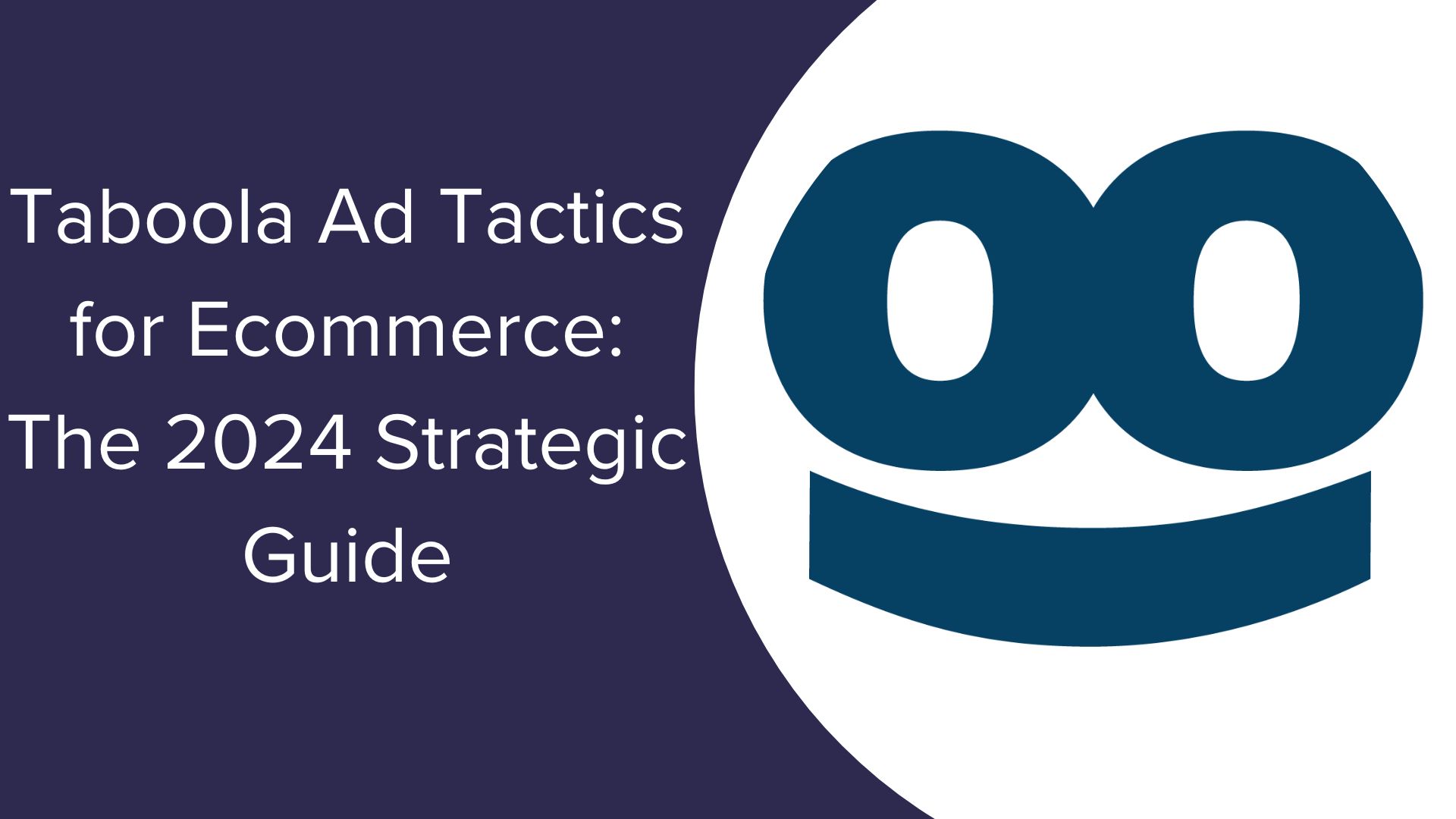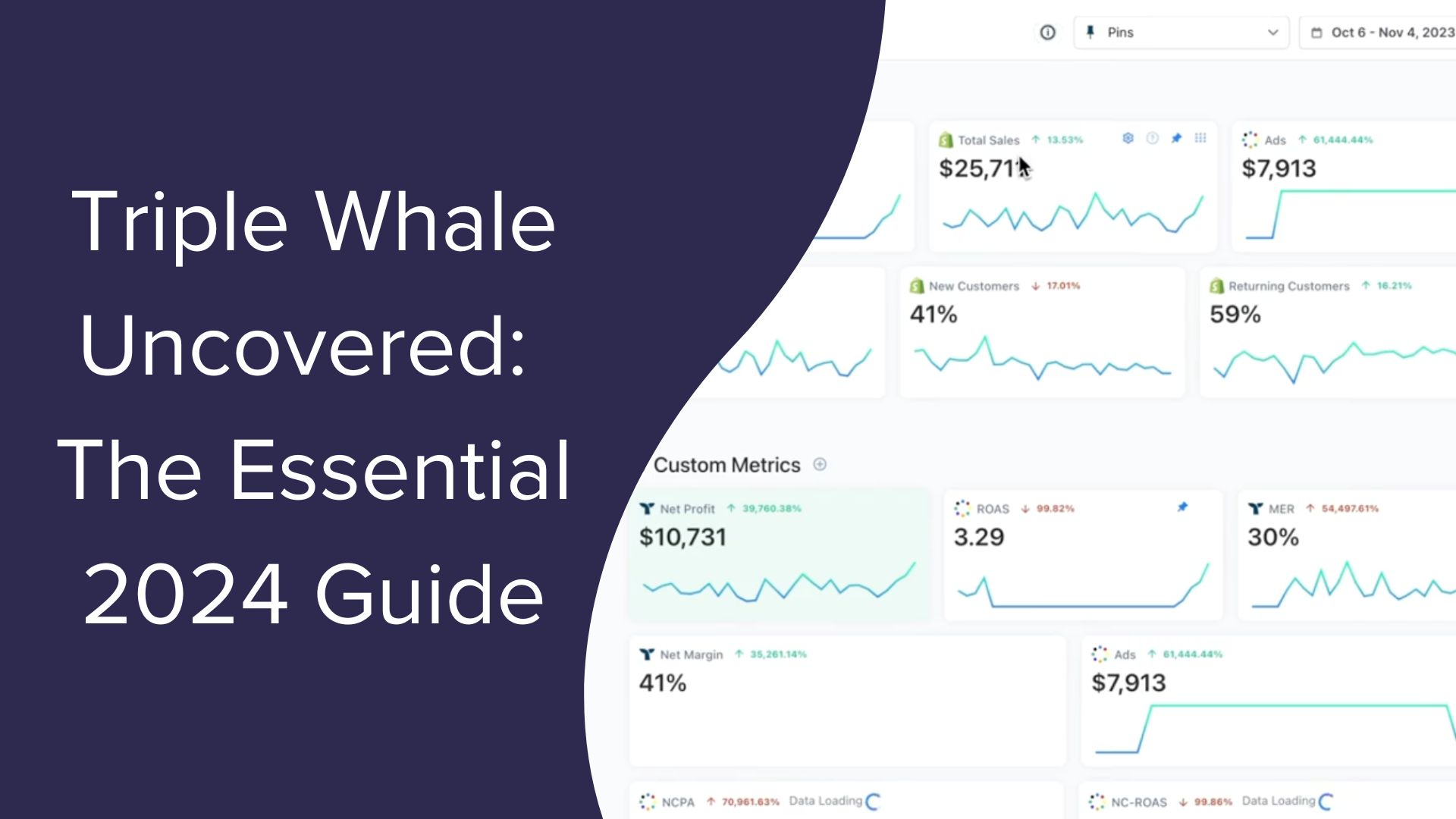Four Ways to Generate Revenue from your App (Without Disrupting the User Base)
Earlier days of the app stores you could readily hear reports about accidental purchases due to timed pop-ups, a lack of confirmation which led to children racking up hundreds of dollars on parents accounts, and brutish advertising that downright disrupted the user experience in the hope of a click.
The industry has gotten better, thank goodness, but there are still sour apples out there – you don’t want to be one of them. Once you break the user experience and swindle real-world money from someone through aggressive IAP’s you are dooming your brand.
It’s best that you approach the monetization of your app(s) in a respectable manner so here are four different ways to generate a revenue without pissing off your users…
A) Lead Funnel
The purpose of your app may be to share content, gain reviews, provide coupons, create social interaction, entertain, and so much more. You could go one of the other routes in this post but the implementation of a lead funnel is your best bet in terms of gaining the highest value of a customer.
Consider this in terms of monetization:
Person downloads app > They use and enjoy it > They may (or may not) purchase an offer
Versus
Person downloads app > They use and enjoy it > They continue to enjoy it and become engrained in the community > They reach out to you through the lead funnel you’ve put in place > You gain additional customer information > You now have a deeper connection to later sell them on products/services and upsell/cross-sell later down the line because you’ve built rapport
The goal is to go for the long game in which you give them a great experience but you don’t pester them with monetization methods (like ads and offers) too aggressively so they’re likely to become more than a conversion statistic and more of a brand evangelist.
B) Offer Premium DLC
Some companies get flack for using premium DLC with their apps (especially in games) because there is a lack of communication from the developers. Users feel that parts of the app experience were cut from the initial offering just to be repackaged and sold at a premium.
The correct way to do this is to release the full-fledged version of your app and within a period of 3-6 months (all the while keeping open communication and feedback with the community) announce you will be releasing new features and paid DLC to the main offering.
This can work in many different type of apps:
- Language learning apps could later offer a new language for a small price
- Games could introduce a new chapter or alternative story-line to the game
- Premium features for power users could become available
The point is to make sure that your users know you offer a complete experience but you’re also hard at work making improvements that are well worth the additional investment.
C) Divide the App
You’ve seen it already so you probably know where this is going:
Offer a free and a paid version of the app.
The free version of your app will include offers and advertisements but even though you do choose to include these as a monetization method it’s vital that these items are integrated into the experience (like the practices of native advertising) else they disrupt the user experience.
The paid version removes these items because the user has decided to pay for the price of the app up-front so there is your revenue. Make sure you do not exploit the situation and include advertising in your paid app because that is a quick way to plummet your ratings in the marketplaces.
D) Sponsorship
It was a surprise to me when MyFitnessPal was suddenly picked up by UnderArmour but in reality it made complete sense because here you have an app that helps people lose weight and naturally they would be interested in the apparel that would help them with exercise.
Your app can take this same approach (minus that whole acquisition part) by offering sponsorships much like you already see in YouTube videos, podcasts, blog posts, and more.
The sponsorship can come in many different forms:
- Included in the splash screen during the app load up
- A sponsored piece within the content
- A stickied discussion within the social area of your app
- Sponsored contests
Once you have the numbers (in users) you can begin leveraging your position; many brands will jump all over the opportunity to get their brand in front of your users (as long as you keep it relevant). This is a great way to be non-invasive to the user experience and you generate a respectable revenue.
What ways would you go about monetizing your app without causing a disrupt in your userbase?




